How to operate the welding machine correctly and safely ?
1 Preparation before welding :
1.1 The welding machine should be placed in a ventilated, dry place and placed smoothly.
1.2 Check the welding mask should be no light leakage, damage. Welding personnel and auxiliary personnel shall wear well-defined labor protection articles, and set the radiation heat emitted by the screen to isolate the weldment.
1.3 Welders, welding clamps, power cords, and joints must be connected reliably and well insulated. No overheating at the wiring connections is allowed. The terminals of the power terminals must not be exposed. Use an insulating tape to wrap them.
1.4 The length of wire between welder and welding clamp shall not exceed 30M, and if it is required, it shall not exceed 50M. Wires with moisture and broken stock should be replaced immediately.
1.5 AC welding machine:
1.5.1 The wiring of primary and secondary circuits should be accurate. The input voltage should meet the equipment regulations, and it is forbidden to contact the live part of the initial line.
1.5.2 The secondary tap jointed copper plate must be pressed tightly, and the terminal post should have a washer.
1.6 Before the DC welding machine is used, the dirt on the commutator should be wiped to keep the commutator and the brush in good contact.
2 welding precautions :
2.1 According to the technical conditions of the workpiece, a reasonable welding process (electrode, welding current, and duty ratio) should be used. It is not allowed to use it with overload, and no-load power failure device should be used as far as possible. High-current welding is not allowed, and electric welding machines are not allowed to perform metal cutting operations.
2.2 In load welding, the temperature rise of the welding machine should not exceed Class A 60C, Class B 80C, otherwise it should be down after cooling, and then welding.
2.3 The welding machine should be kept dry and well ventilated. When moving the welding machine, the power should be cut off, and the welding machine must not be moved by dragging the cable. If the welding machine suddenly loses power, the power should be cut off.
2.4 In the welding, the adjustment of the current is not permitted. The handle must be used to adjust the welder current when the welding is stopped. It must not be too fast or too fast to avoid damaging the regulator.
2.5 When the DC welding machine is started, it should be checked that the direction of rotation of the rotor is in conformity with the arrow of the welder's mark.
2.6 The gap between the brush holder edge and the commutator surface of the DC welder shall not be less than 2-3 mm, and attention shall be paid to the frequent adjustment and wiping of dirt.
2.7 When the silicon rectifying welding machine is used, the fan motor must be turned on first, the indication value of the voltmeter should be normal, and there should be no abnormal noise when listening carefully. After shutdown, the silicon rectifier and other components should be cleaned.
2.8 It is forbidden to test the secondary coil of the main transformer of the silicon rectifying welder and the secondary coil of the control transformer with a rocker.
2.9 When welding in a wet place, the welder should stand on the insulating board, do not touch the wire of the welding machine by hand, and do not use the arm to clamp the welding clamp so as to avoid electric shock.
3 Notices after welding :
3.1 After the welding operation is completed, the power supply should be cut off immediately, and the welder switch should be turned off to clean up the welding clamp power supply and the ground wire separately to avoid short circuit caused by closing.
3.2 In the welding, if the automatic power failure device is found to be ineffective, it shall be shut down and repaired after power failure.
3.4 When removing the weld spatter, wear glasses and note that the head should avoid tapping the welding spatter in order to avoid stabbing the eyes and not tapping the spatter on the spot.
3.5 After the open-air operation, the welder should be covered to avoid rain.
3.6 When welding is not performed (moving, repair, adjustment, work break), power should be cut off to avoid accidents.
Tee is the connecting piece of Pipe Fittings and pipes. Tee is usually used in the branches of main pipe. It includes straight tee and Reducing Tee. The pipe end of straight tee has same size. The main pipe of reducing tee has same size, but the size of branch pipe is smaller than the main pipe.
Standards:ASME B16.9-2007,ASME B16.25-2007,ASME B16.5-2007,EN10253-1-1999 EN10253-2-2007 EN10253-3-2008 EN10253-4-2008
DIN2605-1-1992 DIN2605-2-1995,JIS B2311-2009 JIS B2312-2009 JIS B2313-2009,GB/T12459-2005 GB/T13401-2005 GB/T10752-2005SH/T3408-1996 SH/T3409-1996,SY/T0609-2006 SY/T0518-2002 SY/T0510-1998 ,DL/T695-1999 GD2000 GD87-1101,HG/T21635-1987 HG/T21631-1990
SIZE
seamless size: 1/2"~24"(DN15~DN600)
welding size: 4"~78" DN150~DN1900
Wall Thickness:sch10, sch20, sch30, std, sch40, sch60, xs, sch80, sch100, sch120, sch140, sch160, xxs, sch5s, sch20s, sch40s, sch80s
Materials:
carbon steel: ASTM/ASME A234 WPB-WPC
alloy steel: ASTM/ASME A234 WP 1-WP 12-WP 11-WP 22-WP 5-WP 91-WP 911stainless steel: ASTM/ASME A403 WP 304-304L-304H-304LN-304N
ASTM/ASME A403 WP 316-316L-316H-316LN-316N-316Ti
ASTM/ASME A403 WP 321-321H ASTM/ASME A403 WP 347-347H
Low-temperature steel: ASTM/ASME A402 WPL 3-WPL 6
High performance: ASTM/ASME A860 WPHY 42-46-52-60-65-70
Industrial processes:bending,squeezing,pressing,forging,machining and more
Applications:Our pipe Tees are widely used in many industries,such as petroleum,power generation,natural gas, chemicals, shipbuilding, papermaking and metallurgy,and so on.
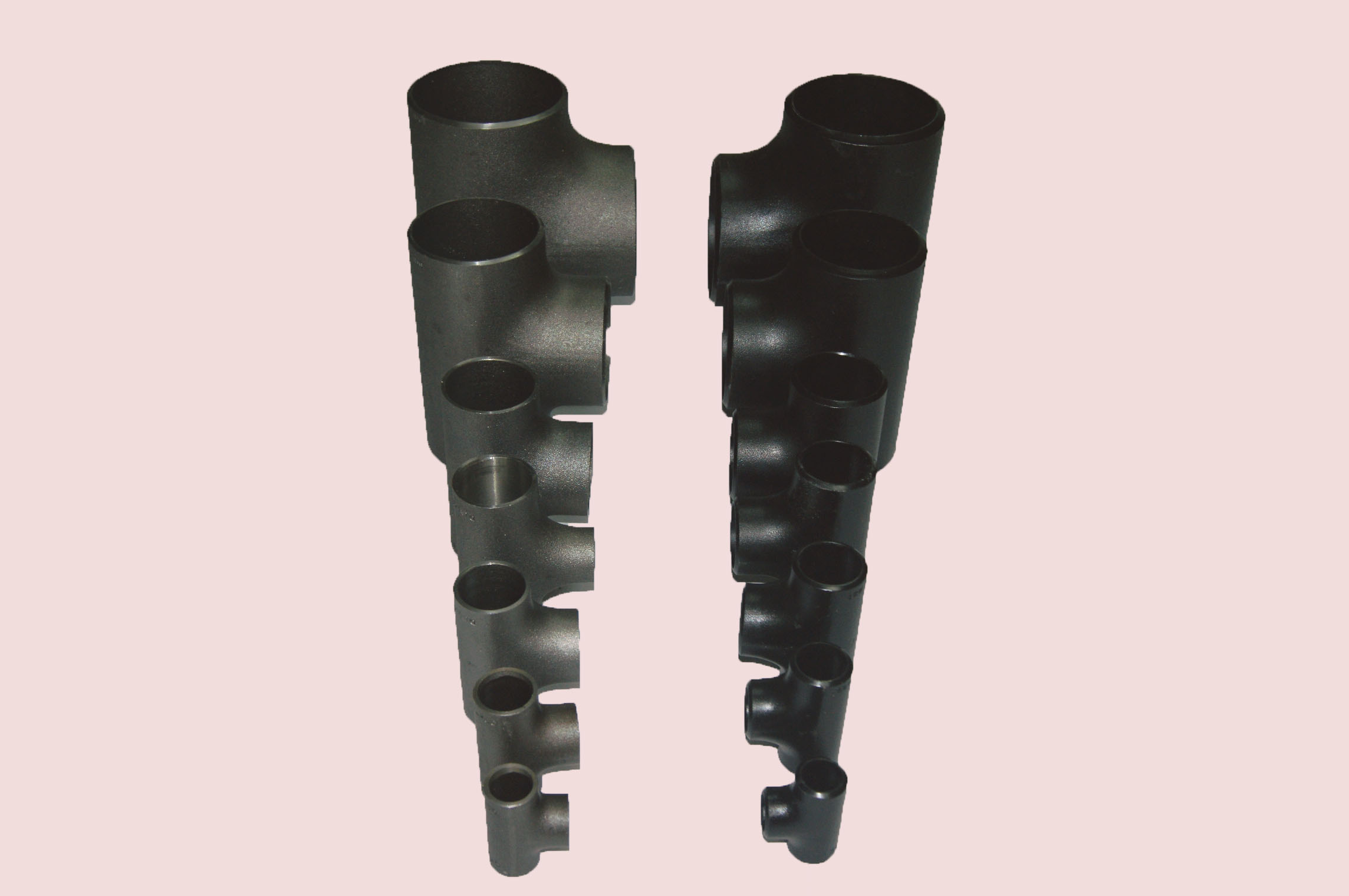
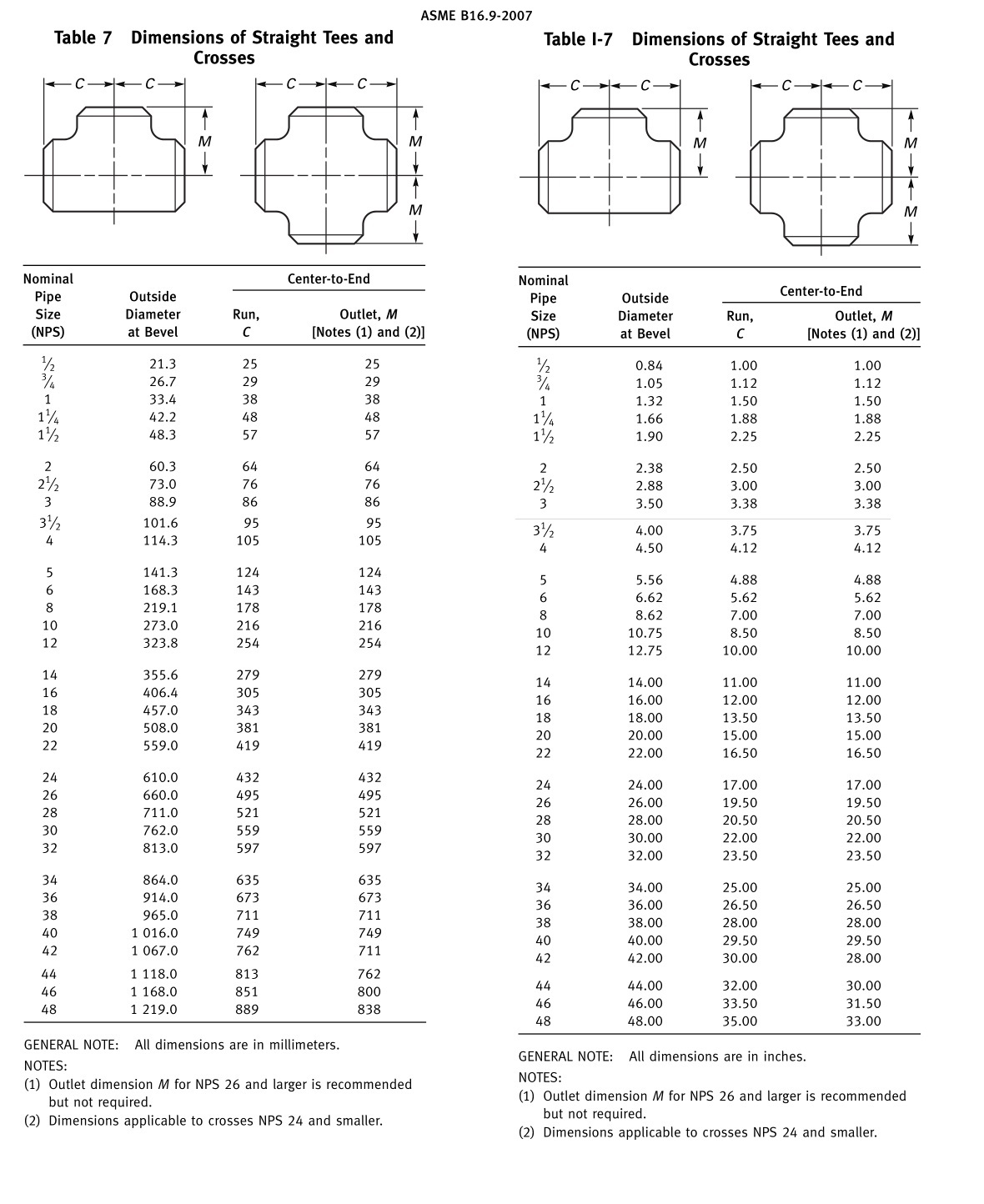
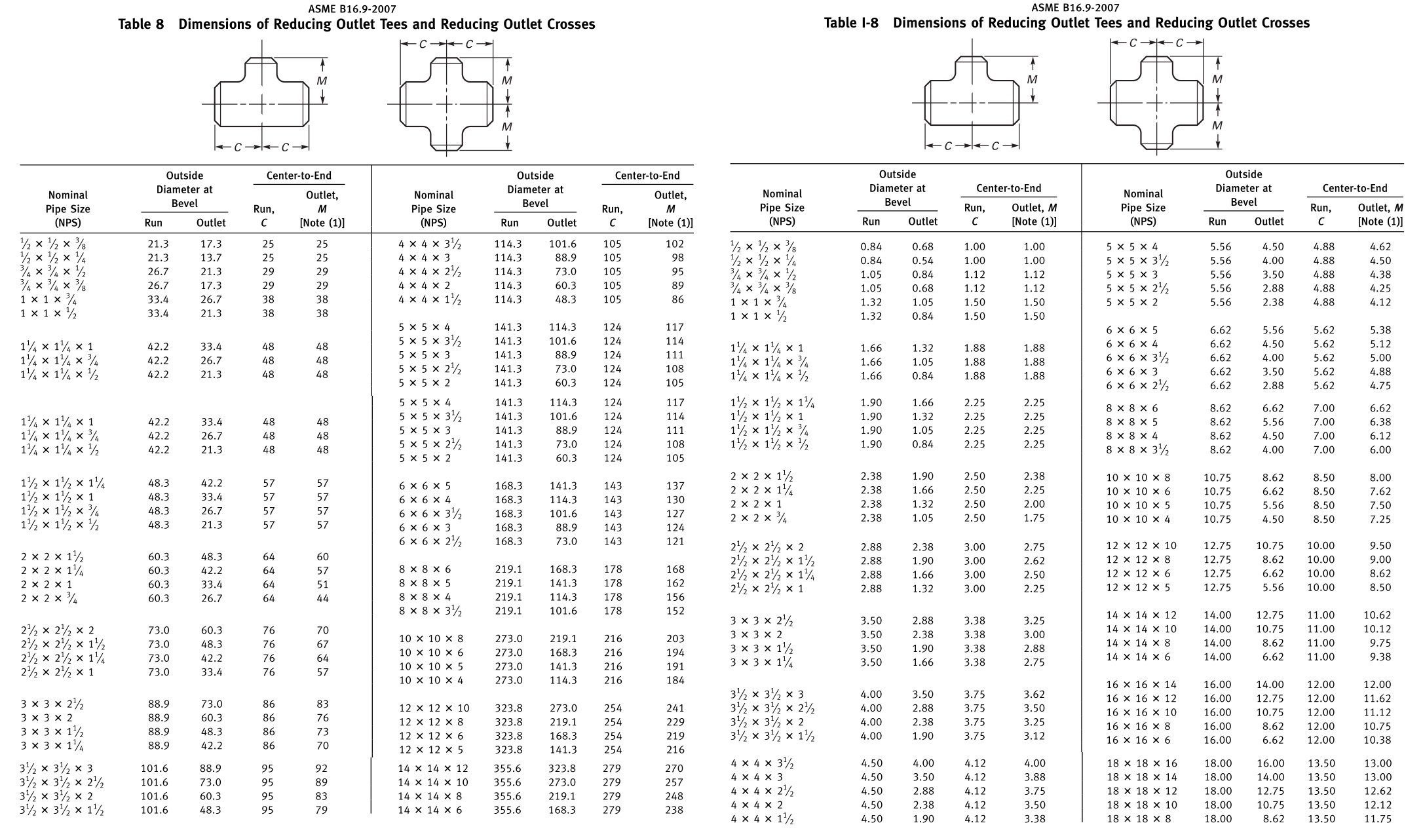
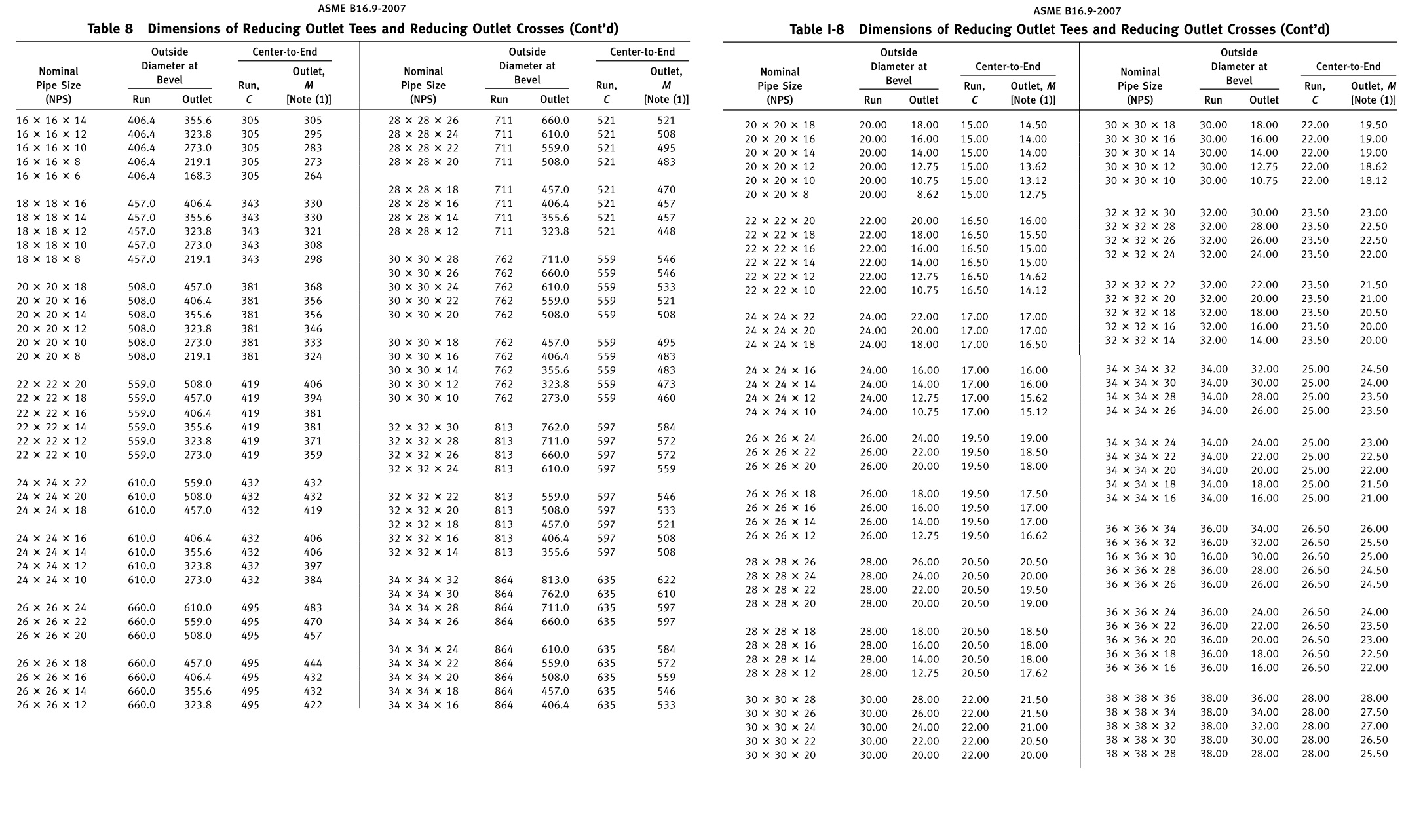
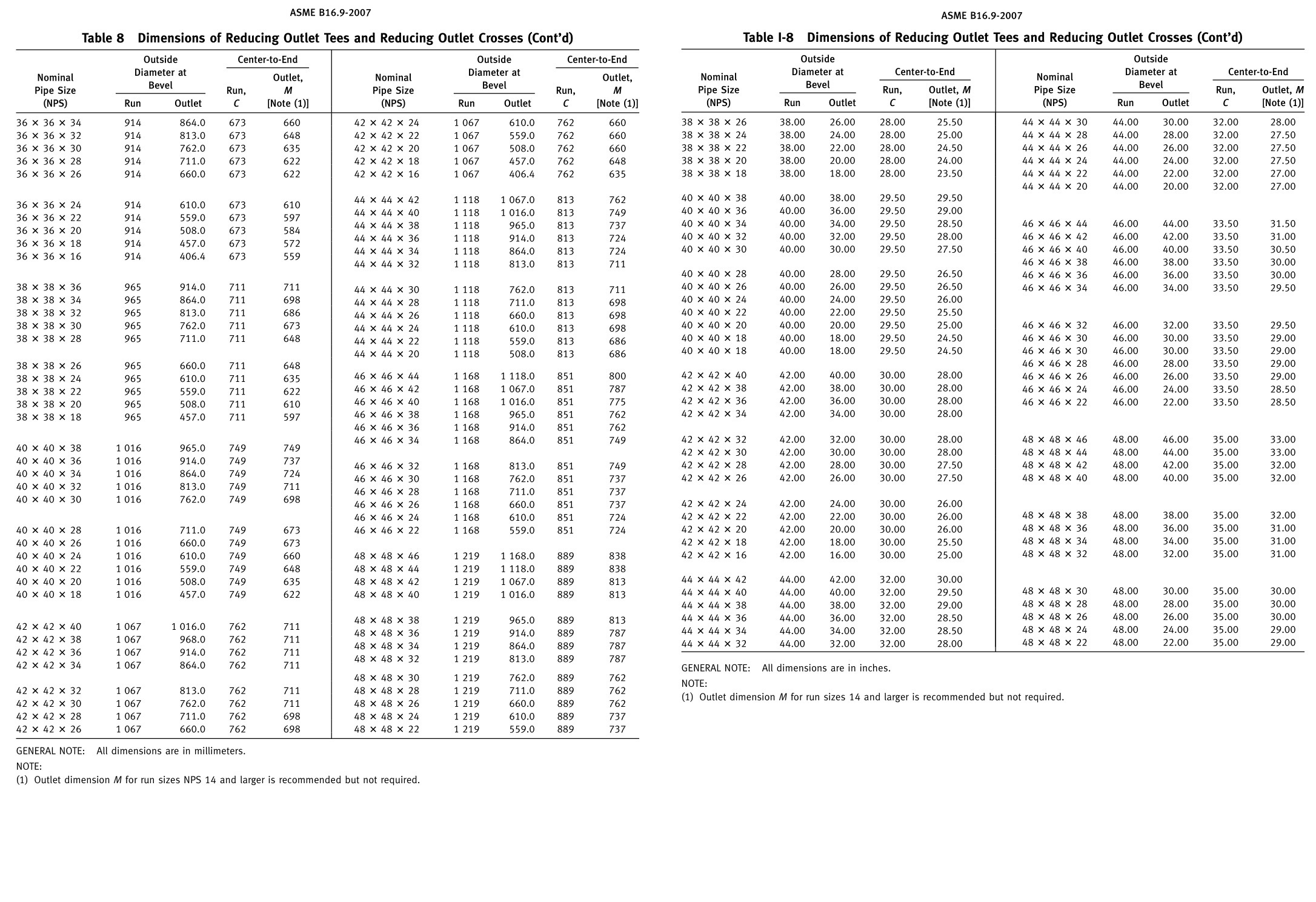
Steel Tees,Carbon Steel Tee,Seamless Pipe Tees,Reducing Tee
HEBEI ZIFENG NEW ENERGY TECHNOLOGY CO.,LTD. , https://www.zifengpipeline.com